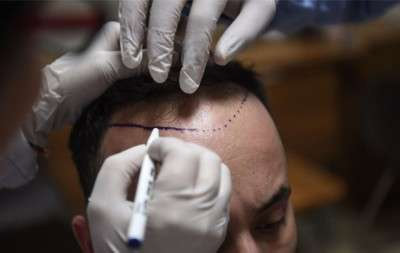Hair fall has become a serious problem today for most of people. The problem starts with the thinning of hair on the scalp. On ignoring this issue, you may face permanent hair loss in the future. Therefore, you should take the doctor’s advice at the first stage of hair loss. Most people think that men are only prone to hair loss. But this is wrong. Women are also prone to hair loss. Hair transplantation is the technique to reverse hair loss. Flaunt Hair Transplant is a clinic for hair transplant in Mangalore.

Hair transplantation is the surgical method for the restoration of lost hair. Hair grows from hair follicles. Hair follicles are located beneath the skin. In a hair transplant, the doctor extracts these hair follicles from one place on the scalp where the density of these follicles is high. He then implants these extracted hair follicles to the bald area. Hair transplantation surgery is of two types:
FUT: FUT is an acronym for Follicular Hair Transplant. This is the surgical method of hair transplantation, in this method, the doctor extracts an entire strip of hair follicles from the donor area and implants it to the acceptor area. The area on the scalp which has a high density of hair is the donor area. The area on the scalp which has low or no density of hair is the acceptor area.
FUE: FUE or Follicular Unit Extraction is another procedure of surgical hair transplantation. In this process, the doctor extracts individual hair follicles from the donor part and implants them to the acceptor part.
The transplanted hair starts growing a few after the surgery. Apart from the above listed types, there are also non-surgical methods of hair transplantation. PRP treatment
is one of the non-surgical methods of hair transplantation. Our hair transplantation centre is the best hair transplant clinic in Mangalore. Our surgeries bring the best results to the patients. Talking about the hair transplant cost, we always charge the right amount from our customers. Also, there is no hidden charge at our clinic.
